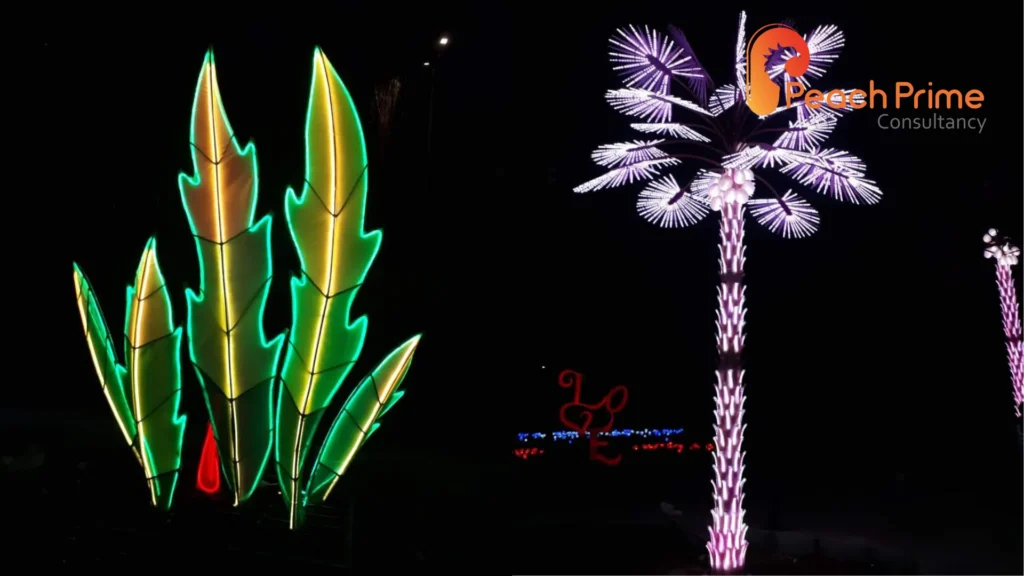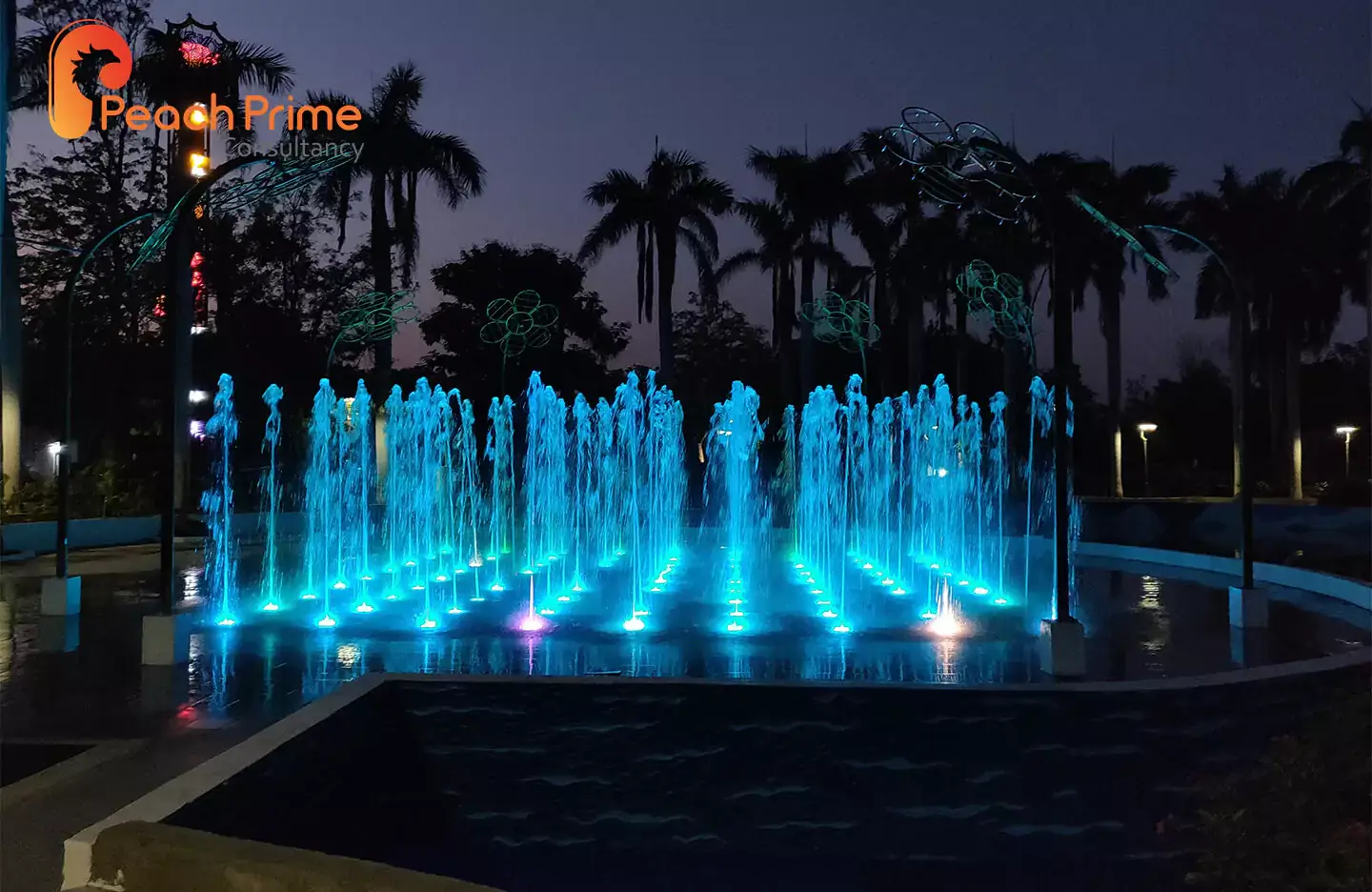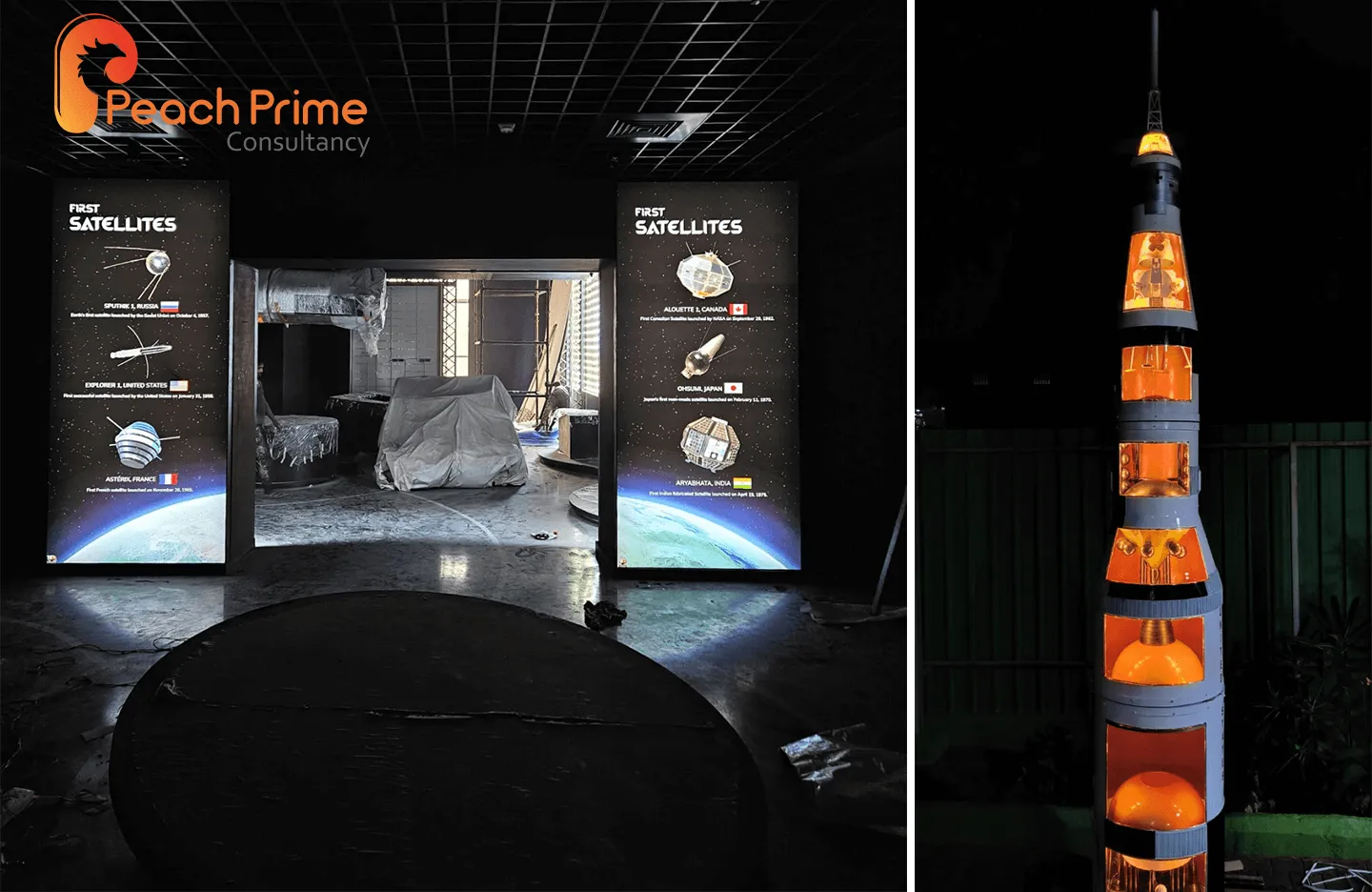Blogs
Designing Emotionally Intelligent Theme Parks: The Next Leap in Visitor Engagement

Theme parks have always been places where imagination meets experience. But in today’s world, thrill rides and bright lights alone aren’t enough. Visitors seek connection — something emotional, personal, and lasting.
That’s where emotionally intelligent theme park design comes in. It’s not only about rides or technology — it’s about understanding people, their emotions, behaviors, and desires, and creating experiences that respond to them.
Why Emotion Matters in Theme Park Design
The best entertainment spaces do more than entertain — they make people feel. When guests laugh, gasp, or feel inspired, the design has achieved its goal: an emotional connection.
Why emotional intelligence matters:
- Visitors seek meaningful, not just thrilling, experiences.
- Emotionally connected guests are more likely to return.
- Emotional design helps parks stand out in a crowded market.
Emotion is now the new currency of engagement.
The Shift Toward Human-Centered Design
Traditional parks focused on spectacle — big sets, loud music, bright lights. Next-generation design is human-centered, built around empathy and experience.
Key principles:
- Empathy-driven architecture: Welcoming and emotionally engaging spaces.
- Adaptive visitor journeys: Seamless flow matching guest energy.
- Inclusive design: Enjoyable for all ages and abilities.
- Sensory storytelling: Using sound, light, and texture to influence mood.
When parks reflect emotion and behavior, they form stronger visitor bonds.
Technology and Emotional Engagement
Technology now plays a key role in enhancing emotional experiences. With AI, sensors, and data, theme parks can adapt environments in real time.
Examples of AI-driven engagement:
- Reading emotions via facial or biometric data.
- Adjusting lighting and sound based on visitor response.
- Personalized route suggestions through mobile apps.
When AI personalization meets storytelling, every visit feels unique.
Global Examples of Emotionally Intelligent Parks
Several world-class parks already embrace emotional design principles:
- Magic Kingdom (USA): Nostalgia and joy through storytelling and music.
- EPCOT (USA): Inspires optimism through innovation.
- Ghibli Park (Japan): Calming, mindful design inspired by nature.
- Super Nintendo World (Japan): Interactive play and empowerment.
- Warner Bros. World Abu Dhabi (UAE): Comfort and immersive storytelling.
- Puy du Fou (France): Awe and empathy through live storytelling.
- Pandora – The World of Avatar (USA): Emotional connection to nature through light and sound.
Each park demonstrates how emotional design transforms entertainment into lasting memories.
Designing Emotionally Intelligent Spaces
Emotionally intelligent parks use design, storytelling, and technology to respond to visitor feelings.
Key design principles:
- Listen to emotions and adapt experiences.
- Create emotional touchpoints that surprise or comfort.
- Encourage interaction through light and motion.
- Balance excitement with calm moments.
- Design for memory — every guest should leave with a feeling.
A park that reacts to its visitors isn’t static — it’s alive.
The Future of Emotion and Design
The future of theme parks lies in AI, empathy-driven architecture, and emotion analytics. Imagine parks that sense excitement, ease anxiety, and adapt in real time.
What’s next:
- Lighting that shifts with crowd energy.
- Personalized AR/VR storytelling.
- Adaptive queue spaces that reduce stress.
- Mood-based interactions through smart wearables.
This blend of emotion and technology will redefine immersive design.
Peach Prime: Designing Experiences That Connect
At Peach Prime, we believe design should move people — visually and emotionally. Our expertise in human-centered design and AI-driven engagement helps create entertainment spaces that inspire wonder and connection.
Whether conceptualizing a new park or reimagining existing attractions, Peach Prime transforms spaces into emotional journeys that resonate.
We don’t just design spaces — we design feelings.



